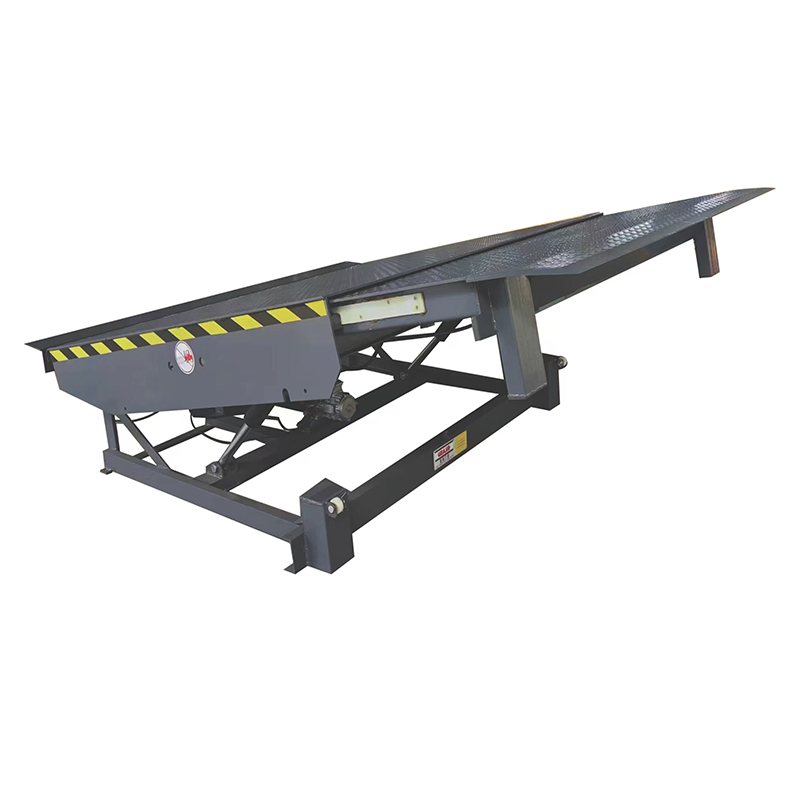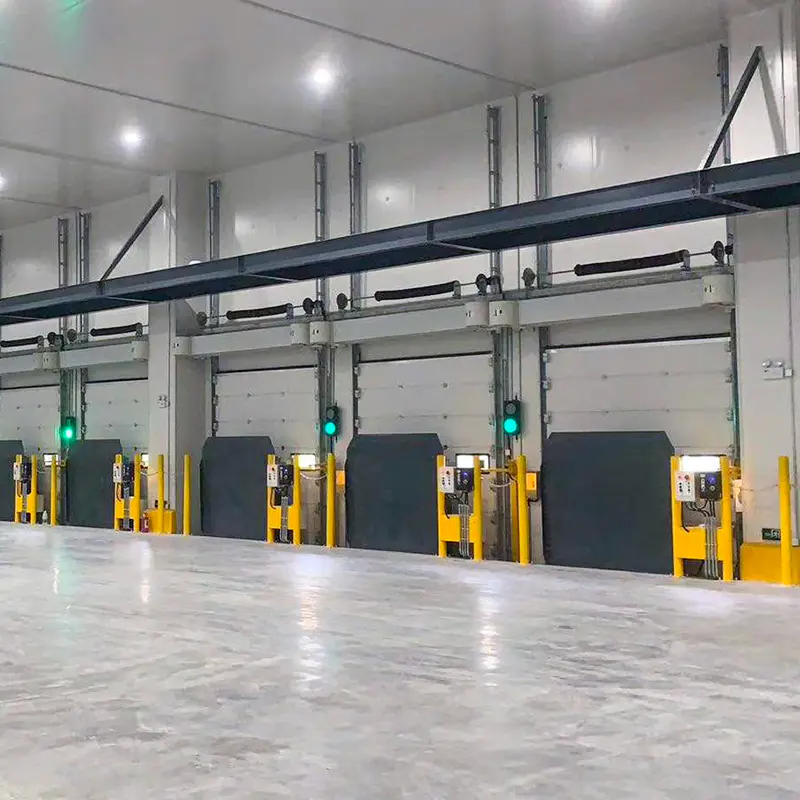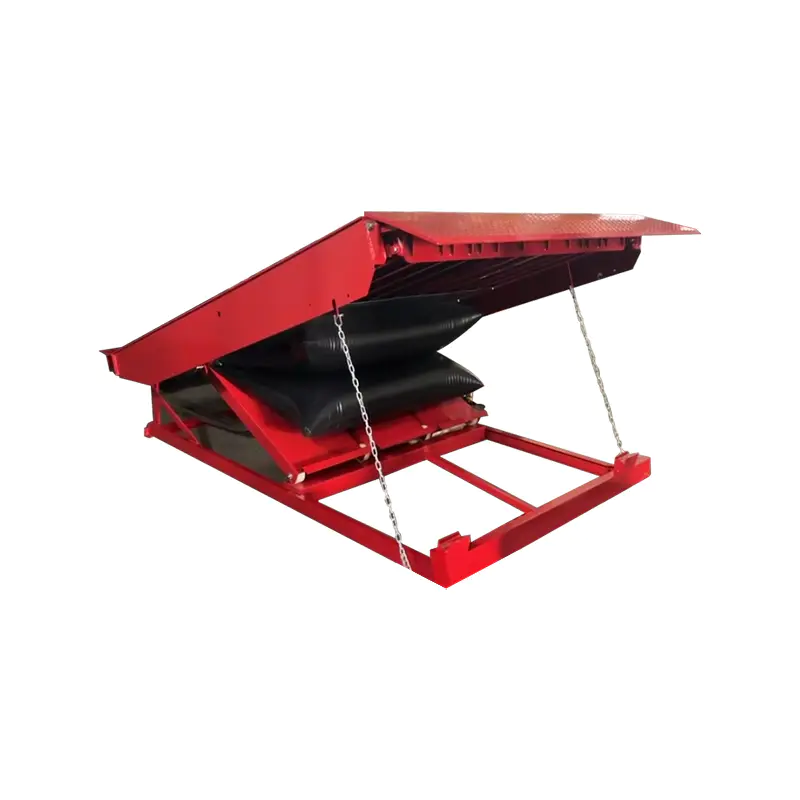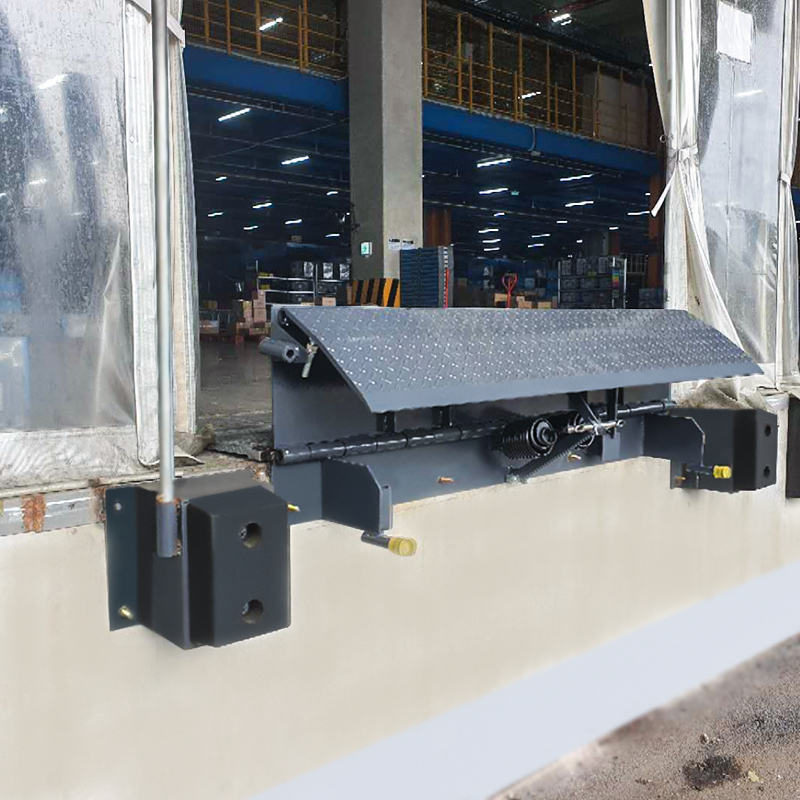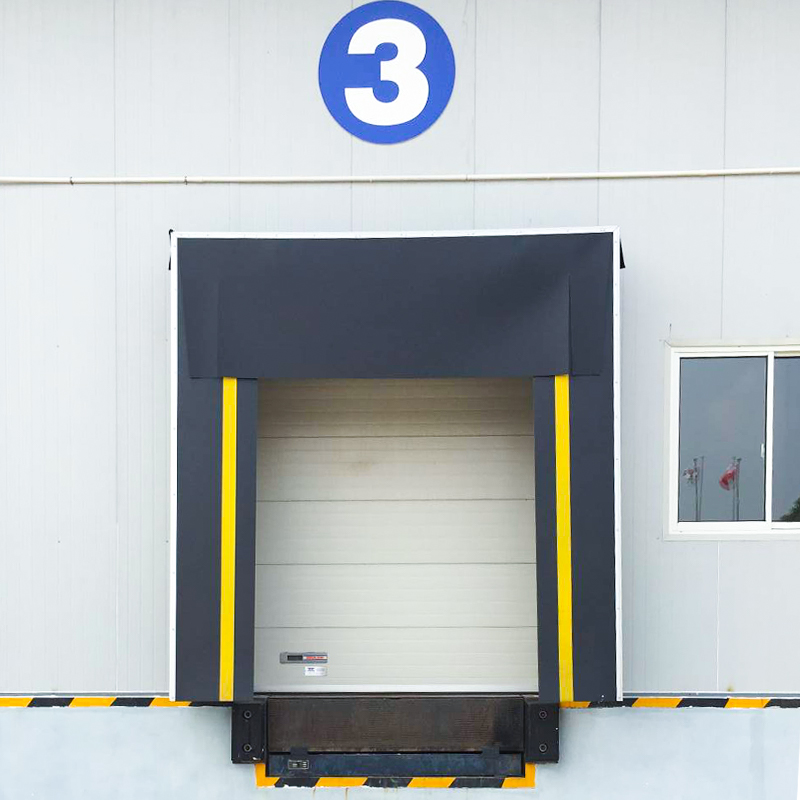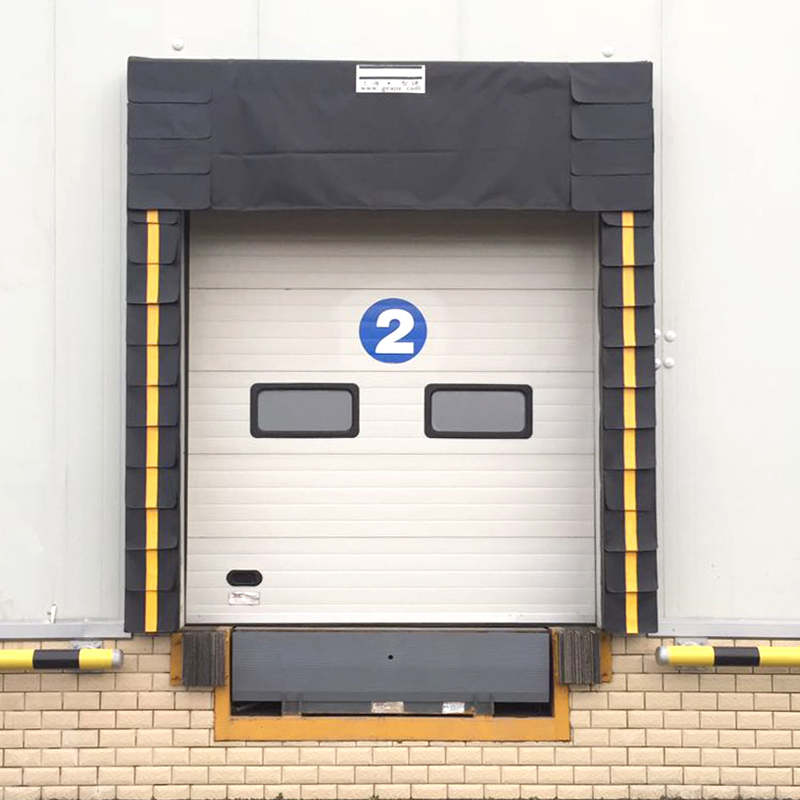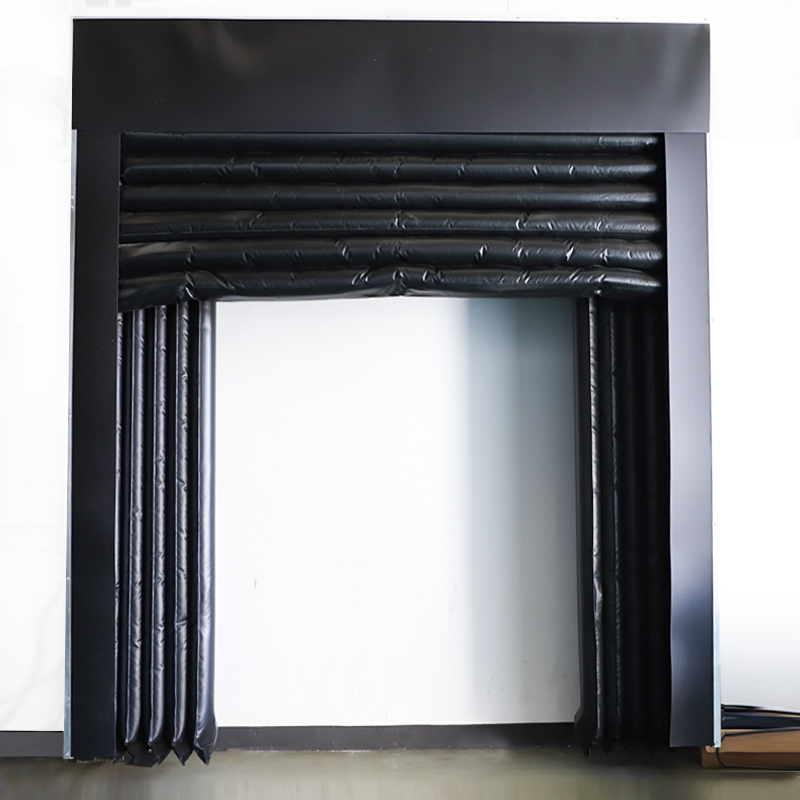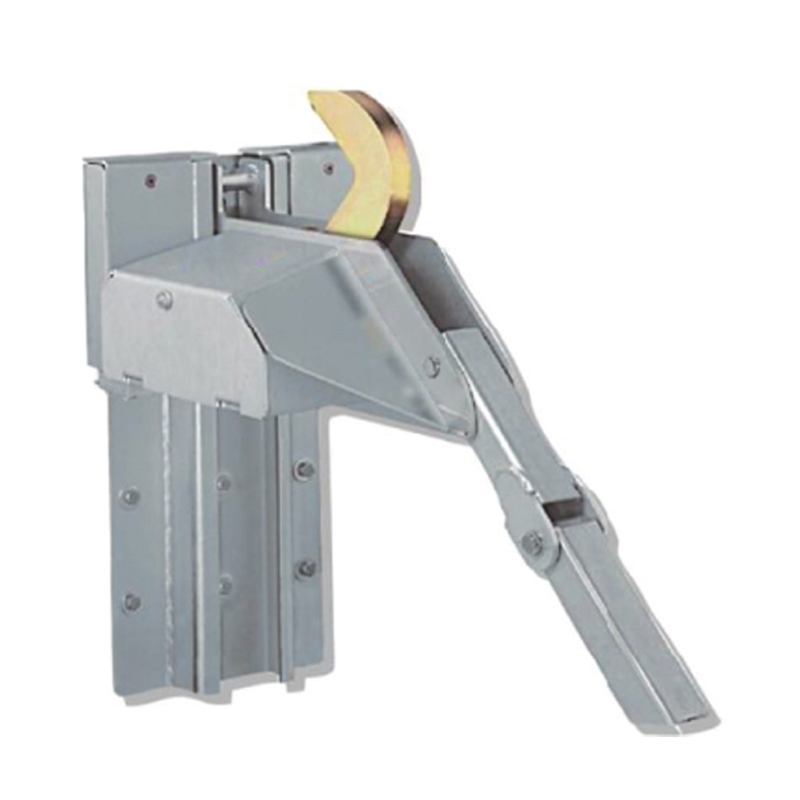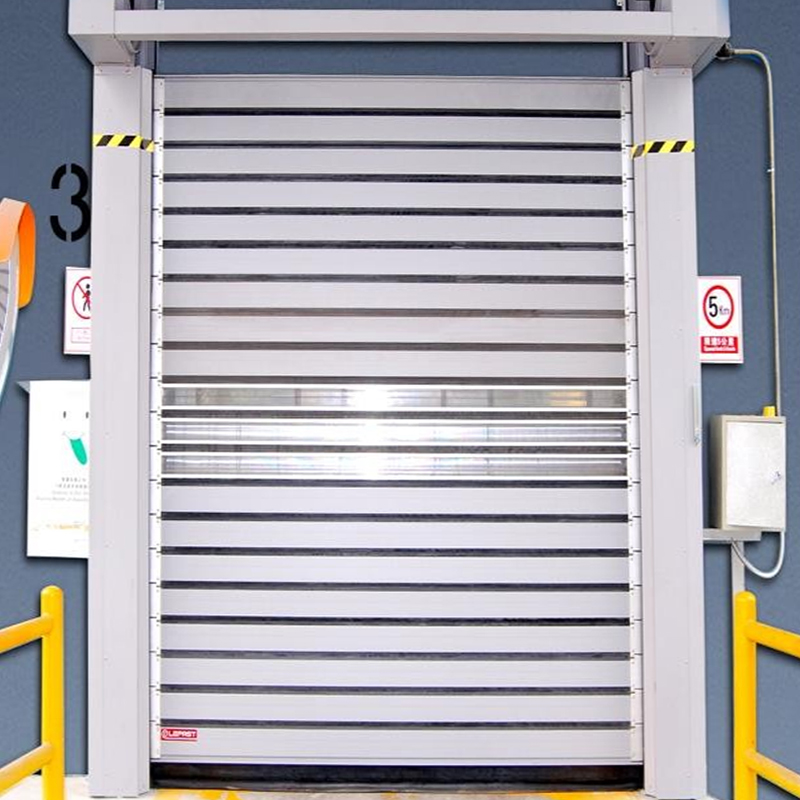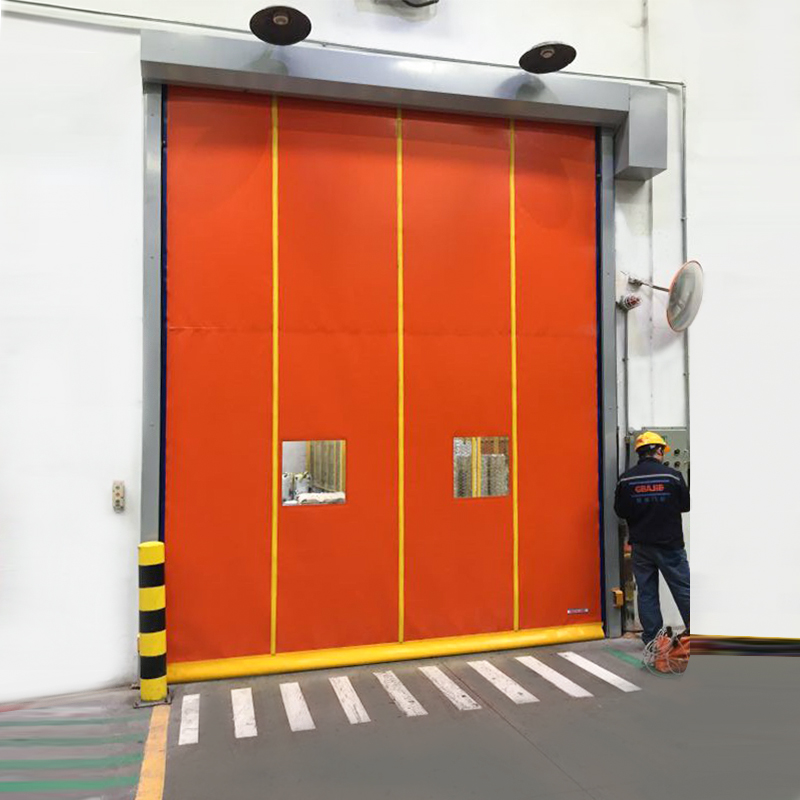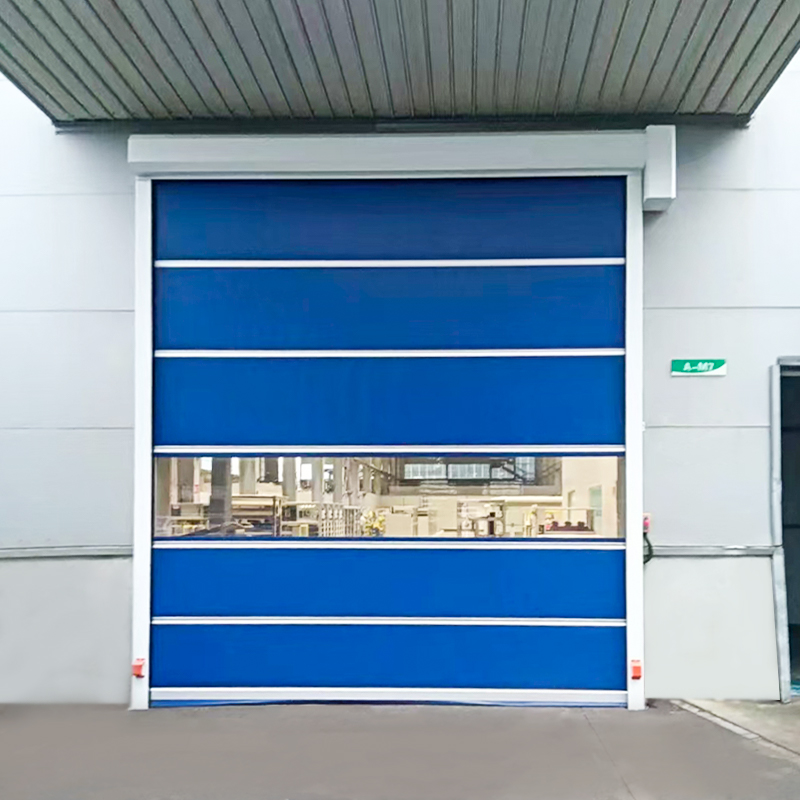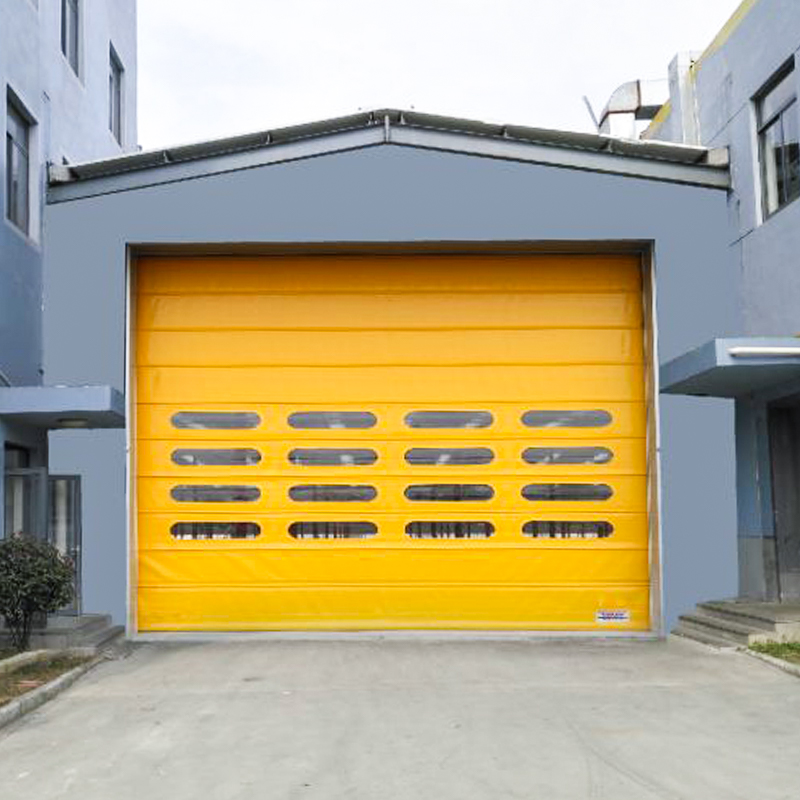Reinforced Structural Design and Load DistributionEOM Industrial Dock Levelers are engineered with...
Integrating an Industrial Dock Leveler with automated conveyor systems can completely automate the loading and unloading process. Once a truck is positioned at the dock, the leveler can automatically adjust to the appropriate height, ensuring perfect alignment with the truck's bed. In more advanced systems, this process can be fully automated using sensors and controls connected to the Warehouse Control System, which helps eliminate the need for manual intervention. This integration allows the dock leveler to smoothly transition goods from the truck to the conveyor system or other processing equipment without requiring additional manpower. By automating this critical function, the system reduces the time spent on manual adjustments, improves efficiency, and ensures consistent operations without human error, speeding up the overall process and reducing bottlenecks in the warehouse.
When an Industrial Dock Leveler is integrated with automated conveyor systems, it creates a seamless flow of materials between the truck and the warehouse. As goods are unloaded from the truck onto the leveler, the dock leveler adjusts to the truck’s height, creating a smooth bridge for the goods to transition directly onto the conveyor system. This integration eliminates the need for forklifts or pallet jacks to manually move goods from the truck to the warehouse, thus reducing the risk of damage to materials, enhancing material flow, and boosting warehouse efficiency. With fewer handling steps, goods can quickly be transported to sorting or storage areas, minimizing handling time, human labor, and potential delays.
An integrated Industrial Dock Leveler with Warehouse Management Systems or Warehouse Control Systems enables seamless real-time data exchange between systems. This connection provides the warehouse operator with live information about the dock leveler's position, the truck's status, the quantity and weight of goods being loaded or unloaded, and the specific operational requirements. Real-time data is shared across all systems involved, ensuring that every stage of the loading/unloading process is carefully monitored and optimized. For example, the Warehouse Management Systems can automatically adjust the scheduling of docks or notify operators if the leveler is not properly aligned with the truck. This data-driven approach optimizes decision-making, enhances operational transparency, and enables proactive adjustments that prevent delays, improve scheduling, and reduce downtime.
These levelers can detect the exact height of the truck bed and adjust themselves accordingly without requiring manual intervention. This ensures that the dock leveler is always perfectly aligned with the truck’s height, facilitating smooth material transfer. Integration with automated systems like conveyor belts can allow the leveler to synchronize its movements based on the operational flow, ensuring that the materials are transferred efficiently and safely. This automation not only speeds up the entire process but also improves safety, reduces the likelihood of manual errors, and reduces the need for manual adjustments, increasing operational uptime.
Safety is paramount when integrating the Industrial Dock Leveler into a larger system with other automated equipment. The leveler ensures that the platform is always in the correct position before material handling begins, significantly reducing the chances of accidents caused by misaligned trucks or improper dock height. Integration with automated systems also allows for ergonomically designed operations, as workers no longer need to manually adjust the leveler or move heavy loads manually. This reduces the risk of back strain, slips, and falls. For example, a warehouse worker no longer has to step onto an uneven dock or lift heavy pallets manually, as the system does the heavy lifting and positions items safely on the conveyor.

 English
English Español
Español Tiếng Việt
Tiếng Việt

